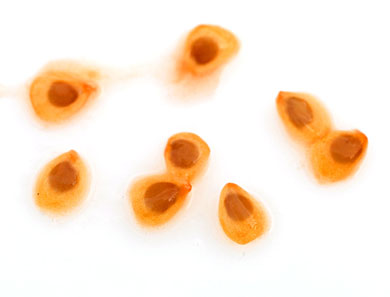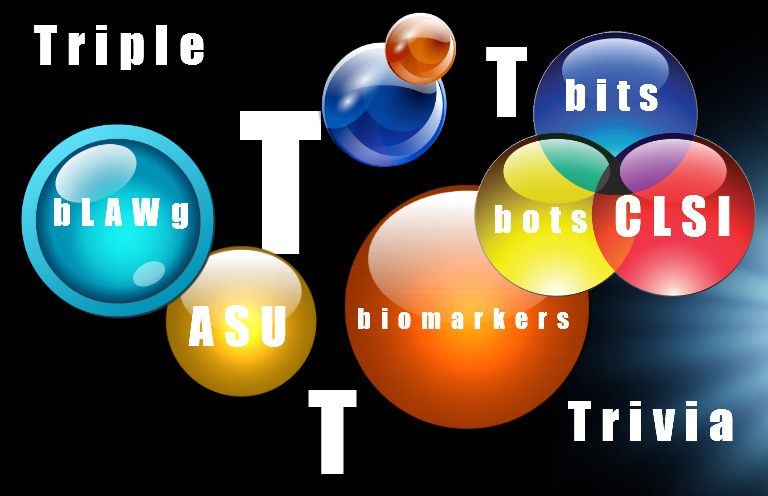3 Questions. 3 Hints. 3 Answers.
November 3, 2015
1. What recent news should not be viewed as encouraging promiscuity or sunbathing?
Hint:

Answer: the US Federal Drug Administration last week approved a “first-of-a-kind” injectable drug, Imlygic, composed of a modified version of the herpes simplex virus to attack melanoma cancer cells. The approval is limited to tumors where surgical removal is not an option. While the drug has been shown to shrink tumors, it has not been shown to extend life. Its success is also limited to melanoma that has not spread to other parts of the body. The drug’s effect is said to last six months. The $65,000 per treatment price-tag is hefty and another unfortunate example of the high cost of cancer drug therapy. Read the details here.
2. The Swedes set the global standard for Swedish massage-therapy, now they have an established international standard for this…
Hint:

Answer: a huge breakthrough in Alzheimer’s has taken place. Swedish researchers have developed a method enabling the diagnosis of Alzheimer’s 10 to 30 years before the onset of symptoms. Early diagnosis is crucial for therapeutic interventions to be effective since treatment is dependent on the disease not being in an irreparably advanced state. The international reference method developed by the Swedes measures the build-up of beta-amyloid protein in the human brain which damages brain nerve cells and ultimately leads to irreversible Alzheimer’s. Read more here.
3. What’s often red, juicy, tasty and potentially healthier than ever before?
Hint:

Answer: a tomato, genetically-modified with the AtMYB12 plant gene, containing compounds recognized as potential health-boosters has been developed by UK scientists. Hold the wine! This tomato contains as much resveratrol as 50 bottles of red wine, often touted as being good for the heart. It also contains genistein, a hormone-like substance found in soy beans, believed to be both a phytoestrogen and antioxidant. And why stop with the tomato? The same gene could likely be inserted into a variety of other fruits and vegetables, creating a win-win for developers and consumers. Read the story here.
















